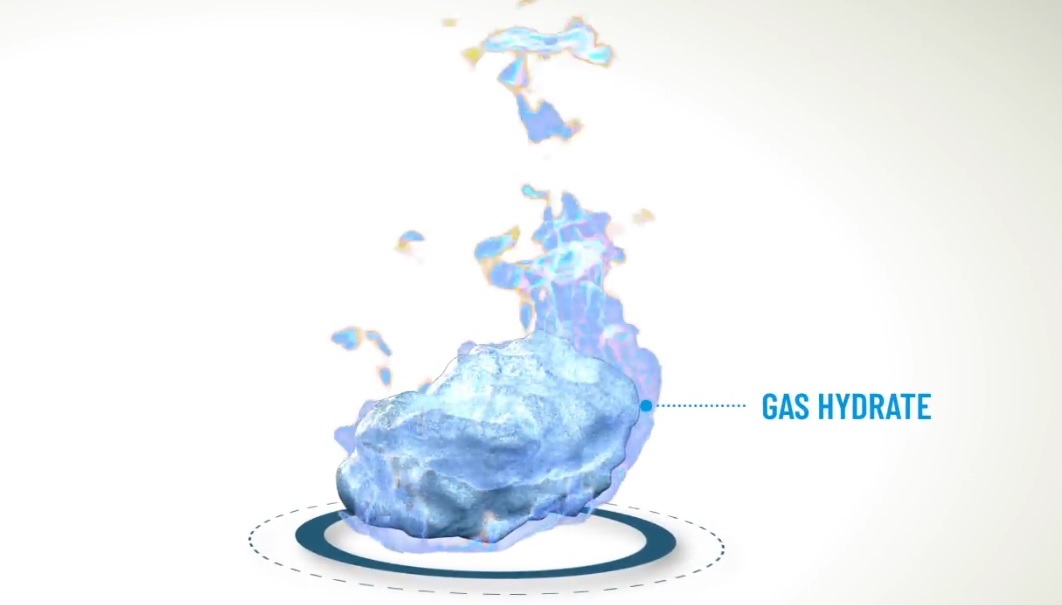TEG Dehydration - Beginner
Provides a base overview of process principles of liquid desiccants and basic plant chemistry, a general equipment overview, and process run-through for the entire triethylene glycol (TEG) dehydration process.
Course Price
300

Content
Tartan Academy Instructions
1.1 Introduction to Gas Hydrates
1.2 Gas Hydrate Formation and Control
2.1 Process Principles: System Selection
2.2 Process Principles: Gas Water Content
2.3 Process Principles: H₂S and CO₂ Water Content
2.4 Process Principles: Water Content Rules of Thumb
2.5 Process Principles: Dew Point Depression
2.6 Process Principles: Absorption
2.7 Process Principles: Gas Water Content 2
2.8 Process Principles: Glycols
3.1 Process Equipment Overview: Glycol Dehydration Units
4.1 Inlet Separator: Introduction
4.2 3-Phase Horizontal Separator
4.3 Vertical Inlet Separators
4.4 Inlet Separator Contaminants
4.5 Inlet Separator Efficiencies
5.1 Contactor
5.2 Contactor Design
5.3 Contactor Trays
5.4 Contactor Tray Operation
5.5 Contactor Tray Packing
5.6 Contactor Random Packing and Comparison
5.7 Contactor Demister Pad
6.1 Reflux Coil or Condenser
7.1 Flash Tank
8.1 Filtration and Separation
8.2 Filtration Media
8.3 Depth Style Filter
8.4 String Wound Filters
8.5 Filter Change-out
8.6 Surface Filtration
8.7 Filter On-Line Efficiency
8.8 Bag Filters
9.1 Activated Carbon Cartridge & Beds
9.2 Activated Carbon Vessel
10.1 Lean-Rich Exchanger
10.2 Lean-Rich Exchanger Types
11.1 Still Column or Stripper Tower
12.1 Reboiler
12.2 Reboiler Operation
13.1 Stripping/Stahl Column
14.1 Lean TEG Accumulator
15.1 Pumps
16.1 Summary
Sample Lesson Preview
What is a Gas Hydrate?
1.1 Introduction to Gas Hydrates
Duration: 03:30

